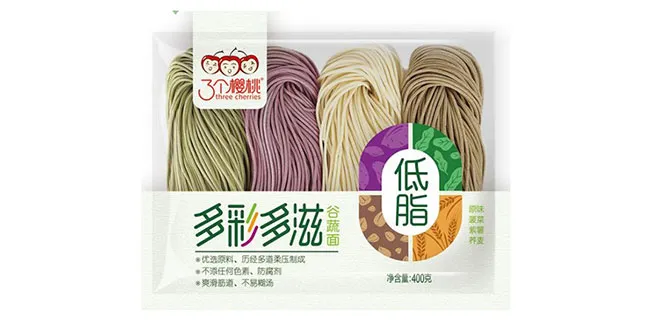Comparing Egg Noodles and Pasta Key Differences Explained
The Difference Between Egg Noodles and Pasta
When it comes to culinary delights, the world of noodles and pasta is rich and diverse. Two of the most popular types are egg noodles and traditional pasta. Although they may seem similar at first glance, they possess distinct characteristics that set them apart. Understanding these differences can enhance your cooking skills and help you choose the right type for your recipes.
Ingredients and Composition
The primary difference between egg noodles and pasta lies in their ingredients. Egg noodles are made with wheat flour and a significant amount of eggs. This inclusion of eggs not only alters the flavor but also gives egg noodles a rich, golden color and a slightly chewy texture. The presence of eggs also contributes to the nutritional profile of egg noodles, offering additional protein and fat compared to standard pasta.
Standard pasta, on the other hand, is typically made from durum wheat semolina and water. Durum wheat has a high gluten content, which provides traditional pasta with its firm structure and al dente quality when cooked. While there are varieties of pasta that may include eggs (like fresh pasta), traditional dried pasta consumed in everyday meals usually does not. This difference in ingredients results in varying flavors and textures that can greatly influence a dish's overall profile.
Texture and Cooking Properties
The texture of egg noodles is another area in which they differ from traditional pasta. Egg noodles tend to be softer and have a more tender mouthfeel compared to pasta. This makes them ideal for certain dishes, such as stir-fries and creamy casseroles, where a comforting, smooth texture is desired. They also absorb flavors well, allowing them to meld beautifully with sauces.
Conversely, pasta typically has a firmer, chewier texture that holds up well against robust sauces. When properly cooked, pasta should have a slight bite or al dente quality. This texture is essential for dishes like spaghetti with marinara sauce or lasagna, where the noodles need to maintain their shape and complement the hearty ingredients.
what's the difference between egg noodles and pasta

Culinary Uses
The culinary applications of egg noodles and pasta reflect their unique characteristics. Egg noodles are commonly found in various Asian cuisines, especially in dishes such as chow mein and lo mein. Their softer texture makes them versatile for broths, stir-fries, and other dishes where a delicate touch is needed. In Eastern European cuisine, egg noodles are often featured in comfort foods like chicken noodle soup or served as a side dish or in casseroles.
In contrast, traditional pasta is a cornerstone of Italian cuisine, appearing in numerous varieties such as spaghetti, penne, and fettuccine. The rigidity of pasta makes it perfect for hearty sauces, baked dishes, and salads. Additionally, its ability to be dried and stored for long periods makes it a staple pantry item in many households across the globe.
Nutritional Content
Another important aspect to consider is the nutritional content. Egg noodles typically have a higher fat and calorie count due to the eggs used in their preparation. However, they also provide more protein compared to regular pasta. Traditional pasta, made primarily from durum wheat, is lower in fat and can be a good source of carbohydrates, fiber, and iron.
For those seeking gluten-free options, both egg noodles and pasta can be found in gluten-free varieties, often made from rice or alternative flours that cater to various dietary needs.
Conclusion
While egg noodles and traditional pasta may appear similar at a glance, their differences in ingredients, texture, culinary uses, and nutritional profiles are significant. Understanding these distinctions allows cooks to make informed choices about which noodle to use in their dishes. Whether you opt for the comforting softness of egg noodles in a savory stir-fry or the firm bite of pasta in a classic Italian recipe, each has its unique place in the culinary world, ensuring a delightful experience for the palate.
-
Unlock the Delicious Potential of Yam NoodlesNewsAug.11,2025
-
The Authentic Taste of Lanzhou NoodlesNewsAug.11,2025
-
Savor the Art of Hand Pulled NoodlesNewsAug.11,2025
-
Indulge in the Timeless Delight of Spaghetti BologneseNewsAug.11,2025
-
Indulge in the Rich Flavor of Braised Beef NoodlesNewsAug.11,2025
-
Elevate Your Meals with the Magic of Fresh PastaNewsAug.11,2025
-
Unleash Your Inner Chef with Delectable Italian Pasta CreationsNewsAug.01,2025
Browse qua the following product new the we

















































































































